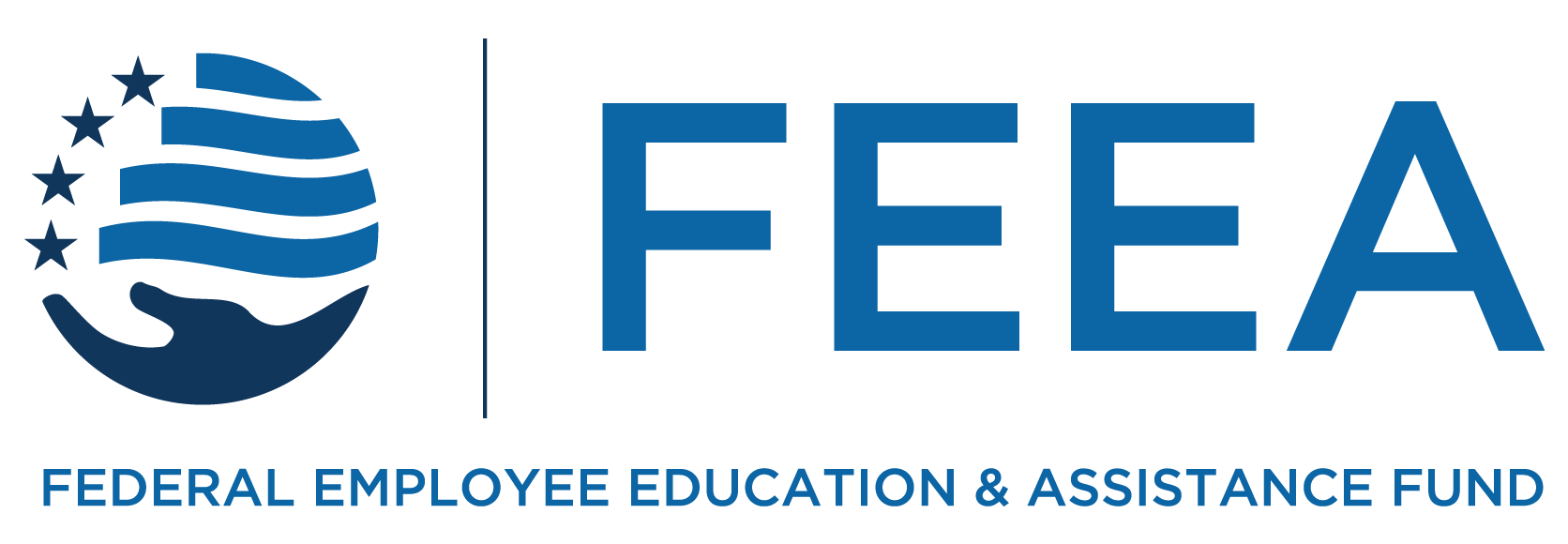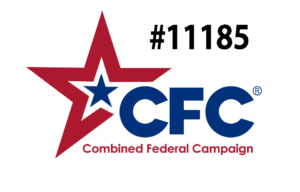by Niki Gleason
“Use your own words”. A common instruction from my teachers after assigning a paper or essay of any kind. Back when I was in school, gathering and citing sources for a paper was a little more time-consuming: it involved going to the library, locating the reference book, finding the relevant sections, and then copying the passage pertinent to my paper from the book. I had to add the quotes, note the actual pages where the quote was located, then check the front of the book for the author, publisher and year, to cite in my bibliography. Whew!
With the advent of the internet and the multitude of resources available online to students, plagiarism is much easier, even accidentally. Every year we end up disqualifying several applicants for the FEEA Scholarship competition because the essay has been plagiarized. Many times, we notice the applicant has tried to paraphrase or just forgot to cite their source. However, accidental plagiarism is still plagiarism. As students prepare to begin their academic journey this fall, knowing what constitutes plagiarism helps to avoid doing it accidentally.
There are several different types of plagiarism, but the definition of all of them boils down to not giving credit to the person who originally wrote the text or had the idea. You can incorporate others’ ideas or words in your work, but you must tell your reader the work is theirs, not yours.
A few common types of plagiarism, as described by scribbr.com:
- Paraphrasing plagiarism is the act of rephrasing a text in your own words. Paraphrasing is the most common type of plagiarism
- Mosaic plagiarism (patchwork plagiarism) is similar to paraphrasing. It is when you copy and paste together pieces of different texts to create a new text
- Verbatim plagiarism (copy and paste) is when you directly copy text from a source and paste it in your own document without properly citing the information
Paraphrasing, in itself, is not an issue, as long as the majority of the text is in your own words and you use quotes for anything you borrow. When you change just a couple words here and there from borrowed text, and don’t cite the source, you’re plagiarizing.
Combining different texts from more than one source sounds like it would be your own work, because no one else thought of combining it in the same way, right? Just because you borrow text from two or more places and mash it into your own paragraph, doesn’t make it original. All borrowed text must be cited, no matter how you arrange it.
Verbatim plagiarism can be the easiest to avoid – anything you copy directly from any source and paste into your work needs quotes and a citation. Period.
For a complete list of the types of plagiarism, including some examples, check out Scribbr.
While you’re gathering your sources for the next essay, here are 7 tips to avoid accidentally plagiarizing:
- Start early. If you wait until 2 hours before the deadline to start writing your paper, you’re under more pressure and more likely to forget to cite your source, or be careless in your phrasing, which brings up the next tip,
- As soon as you use even a portion of an outside source, write the citation down immediately. Waiting until you’ve finished writing to gather your sources might cause you to forget one or two.
- Make sure you completely understand what you’ve read. Especially if you are writing on a topic you’re not familiar with, if you don’t actually understand the source’s explanation, when it comes to explaining it to your own audience, you’re more likely to rely on the phrasing you’ve already read, rather than explain it in your own words and this is where paraphrasing turns into plagiarism.
- Directly related to #3 above, use lots of your own words. When you paraphrase what you’ve read, you should be using more of your own words/explanation than that of your source.
- Plagiarism doesn’t just mean from a book. So much information is easily available online, it’s also easy to forget everything you see online had to be written by someone else. All your online sources need to be cited.
- Use one of the free, or low-cost plagiarism checks before you submit your work. Grammarly, Turnitin, Dupli Checker, and PlagScan, are all options.
While FEEA does not require a specific citation format when writing the essay for the scholarship competition, other teachers, colleges and professors most likely do. As you check your work for plagiarism, make sure you also verify the correct kind of formatting required for submitting your sources.
Inadvertent, accidental, unintentional – avoid the mistake of plagiarism and let your own words be heard.
Subscribe to FEEA’s Newsletter
Would you like to reprint this piece in your agency human resource, federal employee association, or union local newsletter? You can do so at no cost by contacting admin@feea.org with your request.
The information provided in this piece is for your convenience and informational purposes only and not to be construed as professional advice. FEEA and its coauthors and sponsors are not liable for any losses or damages related to actions or failure to act with regard to the content in this piece.




